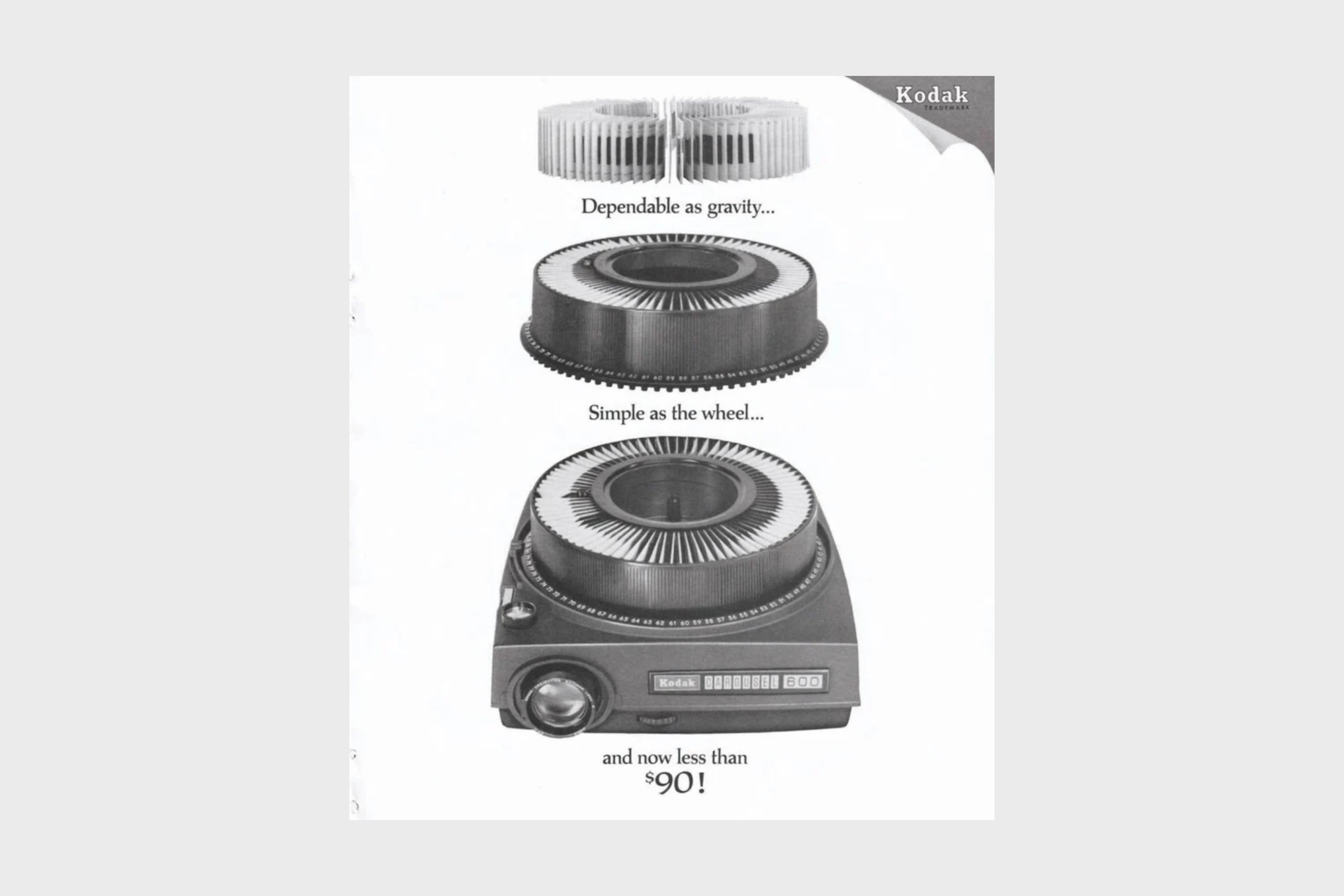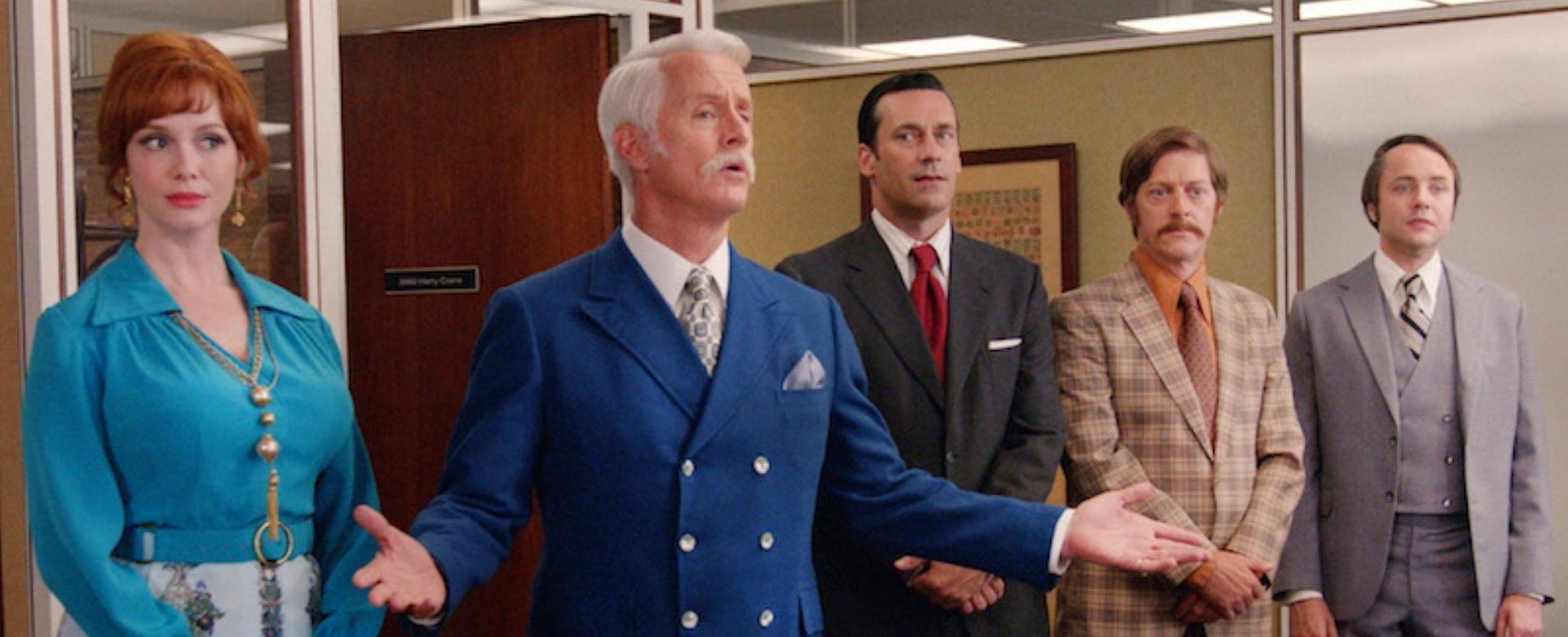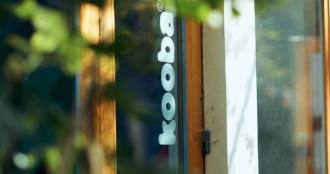Surprise, surprise. We’re huge fans of Mad Men. But, come on. Which agency isn’t?
It’s the perfect representation of the build up happening behind every marketing campaign; the messaging, the timing, the mood of the consumer. The drama, if you will.
And, there are definitely some real lessons to be learned. While Mad Men is fictional, the iconic Don Draper’s character was inspired by Draper Daniels, a creative director at Leo Burnett who worked on the Marlboro Man campaign in the 1950’s, and an advertising executive at McCann Erickson who created the iconic ‘I’d Like to Buy the World a Coke’ ad in 1971.
So, as Don Draper twirled his scotch while closing deals and taking his clients to the next level, we’ve been taking notes.
We like to think that Kooba is a bit like Sterling Cooper Agency, minus the cigarette smoke and 1950’s sexism. For one, because our Creative Director is also pretty cool (shoutout Ed).
But also because, like Don Draper, we value the art of closing the deal. The science behind the conversion.
Here’s what Mad Men can teach us about generating leads:
1. No one says what they want
Don Draper is no doubt a schmoozer, but he’s also kind of a genius. He’s known for connecting with his clients to understand exactly what they want. From there he's able to create ad campaigns that strike a chord with what people really want. And most of the time, their needs are not blatantly expressed. They need to be observed.
So, generating leads requires more than just listening to what users are saying. It’s about reading in between the lines. Pay attention to what they pay attention to. And then greet them with respect and consideration for what they enjoy. Only then will users trust what you have to offer.
2. People remember stories
‘Storytelling’ may evoke the image of an open mic night in Brooklyn, but the power of a beginning, middle and end should not be ignored. We are 22 times more likely to remember a fact when it has been wrapped in a story. Don Draper definitely embodies this. You’ll never see him rattling off statistics; he’s setting the scene, introducing the product and rounding it off to a happy ending. No matter what the product is.
When it comes to generating leads, you can tell many stories – about your brand, a product, your company culture. Your marketing should ultimately be a series of narratives woven into one another. Like in One Thousand and One Nights, where Scheherazade tells a gripping story to the king for one thousand and one nights to postpone her upcoming execution, you too can have your audience at the edge of their seats.
Keep your users invested in the story.
3. Logic needs emotion
If you’ve ever landed on a website and thought ‘So, what are they selling?’, most likely there’s too much emphasis on benefits and not enough on features. Likewise, if you land on a website and think ‘So, what’s the point?’, odds are the scale is tipping too much towards features and not enough towards benefits.
Don Draper shows us that to sell a product, you need a balance between logical and emotional. He knows that people buy products or services to fulfill a need. So while features explain what a product has, benefits explain what a product does, which is ultimately what seals the deal for a user. What will it do for me? How will my life be different? These are the questions that audiences are asking themselves before they commit to a brand.
Now, let’s see this all in action with Don’s most iconic (in my opinion) pitch in the show: the Kodak Carousel. If you haven’t seen it already, I highly recommend watching the 3 minute video.
Kodak approaches Sterling Cooper with the challenge of selling a new projector with a clunky wheel. Like any new innovation, it needs to gain the trust of audiences who think I’m fine the way I am. Why do I need something unfamiliar?
So Don starts to observe his surroundings. He notices his wife’s longing for the early days of their marriage and their first memories raising children.
At the pitch, he flashes images from those days on screen with the Kodak projector, telling the story of growing up while growing old. His audience is captivated by the gleeful moments and young smiles.
And as the wheel loudly shifts one picture to another, he turns logic to emotion. He says to his audience, ‘It’s not a wheel’, taking attention away from the feature. After a long breath, he says ‘It’s a carousel,’ a symbol of childhood, a carefree, neverending ride. That’s the benefit of buying from Kodak: nostalgia that people won’t admit they crave.

So there you have it – the Mad Men guide to lead generation.









